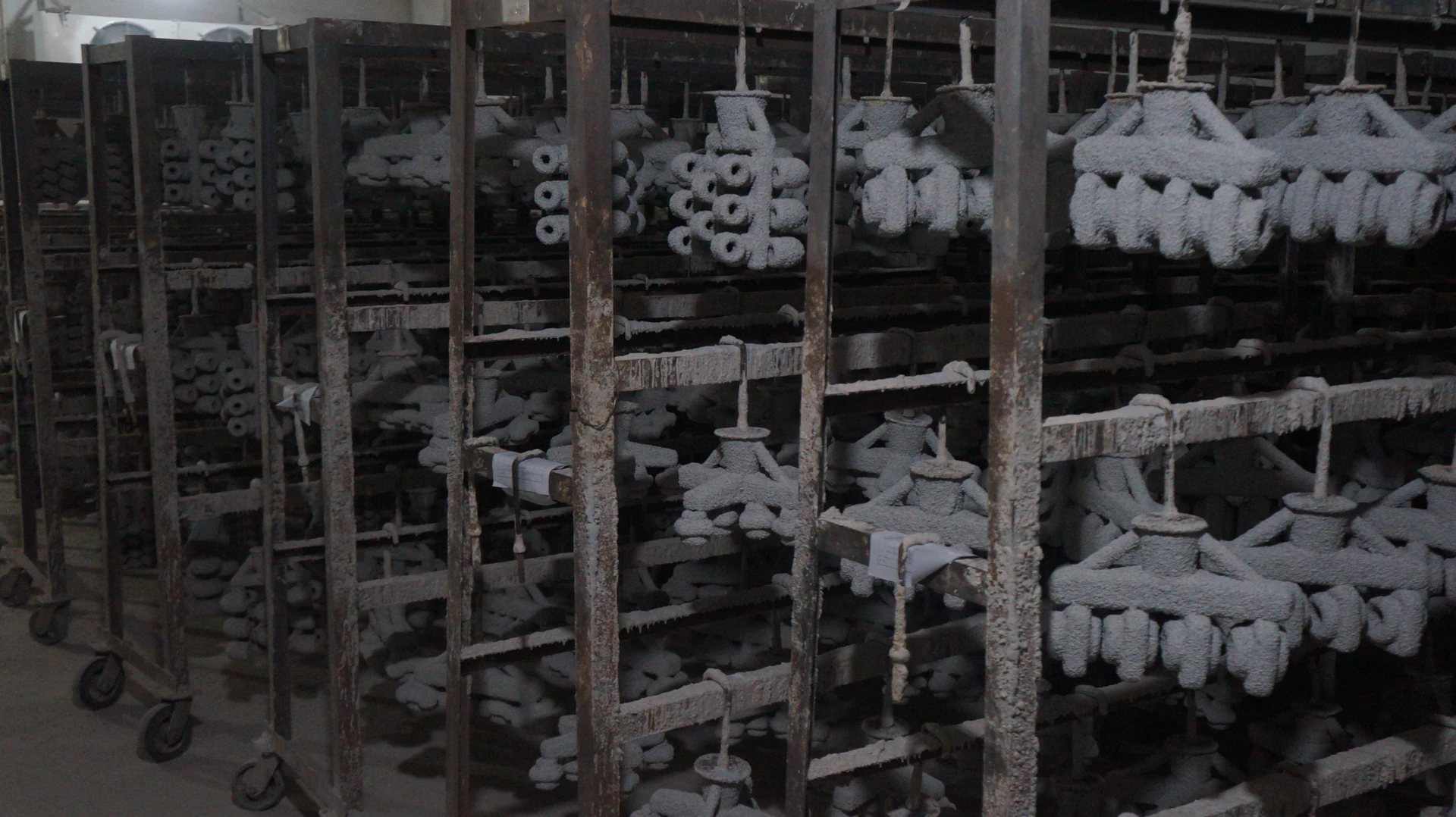aluminum sand casting
Aluminum Sand Casting An Overview
Aluminum sand casting is a versatile and widely used metal casting process that employs sand as a mold material. This method is prominent in the manufacturing of a variety of components utilized in numerous industries, including automotive, aerospace, marine, and general engineering. The flexibility of the sand casting process, coupled with the favorable properties of aluminum, makes it an appealing choice for producing both simple and complex shapes with high precision.
The Sand Casting Process
The sand casting process begins with the creation of a mold, which consists of two halves the cope (top half) and the drag (bottom half). These halves are formed by compacting sand mixed with a binder around a pattern that represents the desired shape of the final product. Patterns are typically made from metal, plastic, or wooden materials, and they can be either solid for simpler designs or cores for more intricate ones.
Once the sand is compacted around the pattern, it is removed to create a hollow cavity that will shape the aluminum when poured. Afterward, the pattern is reinserted, and the two halves of the mold are carefully aligned and secured. Vent holes may also be added to allow gases to escape during the pouring process, ensuring a clean fill of the mold.
Aluminum is then heated until it reaches a molten state, usually around 660 degrees Celsius (1220 degrees Fahrenheit). The molten aluminum is poured into the mold cavity via a pouring basin and runner system. After sufficient cooling time, the mold is broken apart to reveal the cast aluminum part. Any excess material, known as flash, is cleaned off, and finishing processes, such as machining or polishing, may be applied to achieve the desired surface finish.
Properties of Aluminum in Sand Casting
Aluminum is an excellent material choice for sand casting due to its favorable properties. This lightweight metal exhibits a high strength-to-weight ratio, corrosion resistance, and excellent thermal and electrical conductivity. Additionally, aluminum’s ability to be cast into intricate shapes with a smooth finish saves manufacturers time and resources.
There are various aluminum alloys used in sand casting, each offering specific benefits. Common alloys for sand casting include 319, 356, and 413, which are known for their mechanical properties and resistance to wear and corrosion, making them suitable for various applications.
aluminum sand casting

Applications of Aluminum Sand Casting
The applications of aluminum sand casting are vast, spanning multiple industries. In the automotive sector, cast aluminum components such as engine blocks, transmission cases, and wheels are prevalent due to their mechanical properties and weight savings compared to steel. The aerospace industry also benefits from aluminum sand casting through lightweight structural parts that enhance fuel efficiency and overall performance in aircraft.
Furthermore, consumer products ranging from cookware to sporting goods and industrial machinery components are often produced using aluminum sand casting. The method's versatility allows for the production of components in various sizes and configurations, serving both small-scale and large-scale manufacturing needs.
Advantages of Aluminum Sand Casting
One of the significant advantages of aluminum sand casting is its cost-effectiveness, especially for low to medium production runs. The process entails relatively low tooling costs compared to other casting methods like die casting, making it an attractive option for manufacturers looking to minimize expenses. Additionally, sand molds can be easily modified or reused, further enhancing the process's economic viability.
Moreover, the rapid cooling rate associated with aluminum casting in sand molds can lead to fine grain structures in the cast components, improving strength and durability. The ability to cast complex geometries and thin-walled sections without the need for extensive machining minimizes material wastage and maximizes efficiency.
Conclusion
In conclusion, aluminum sand casting is a robust and flexible manufacturing process that has established its importance across various industries. With its ability to produce lightweight, strong, and intricate components in a cost-effective manner, aluminum sand casting continues to be a preferred method for obtaining high-quality cast products. As technology advances and industries evolve, the reliance on aluminum sand casting is likely to remain significant, supporting innovations and developments in manufacturing.
-
Precision Sheet Metal Stamping Manufacturer | Fast & ReliableNewsAug.01,2025
-
OEM Sand Cast Pump Valve Fittings - Baoding Hairun Machinery And Equipment Trading Co., Ltd.NewsAug.01,2025
-
Custom OEM Impellers | High Efficiency & PrecisionNewsAug.01,2025
-
OEM Sand Cast Pump Valve Fittings - Baoding Hairun Machinery | Customization, Quality AssuranceNewsAug.01,2025
-
OEM Sand Cast Pump Valve Fittings - Baoding Hairun Machinery And Equipment Trading Co., Ltd.NewsAug.01,2025
-
OEM Sand Cast Pump Valve Fittings - Baoding Hairun Machinery And Equipment Trading Co., Ltd.NewsJul.31,2025















